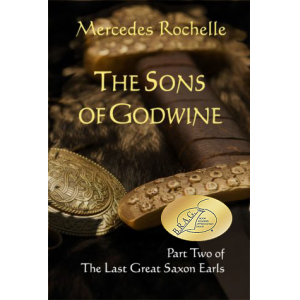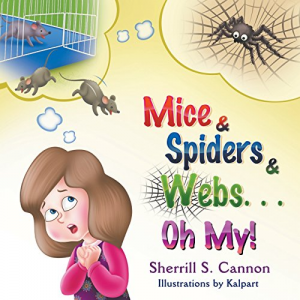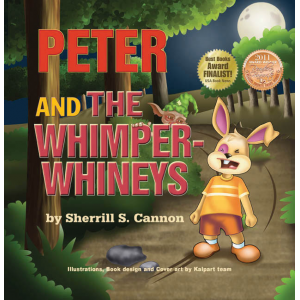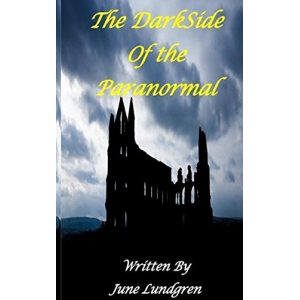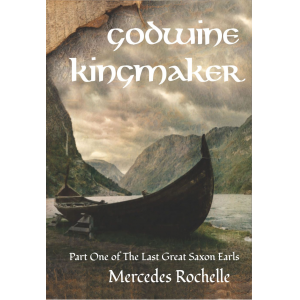- Author
- Book
- Story behind the book
- Media Links
- Reviews
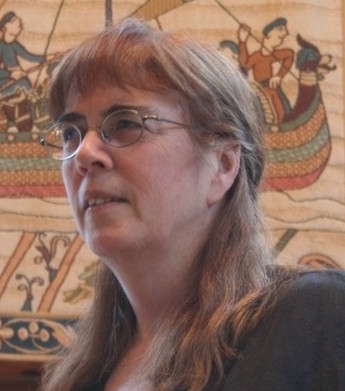
Mercedes Rochelle
About
I write Historical Fiction about 11th Century Britain. Come witness the tumultuous events surrounding the Viking Invasion with Canute the Great and his heirs. Visit late Anglo-Saxon England with Earl Godwine, Harold Godwineson, and King Edward the Confessor; see Macbeth's and Malcolm III's Scotland, and watch events unfold leading to the Battle of Hastings and the Norman Conquest..
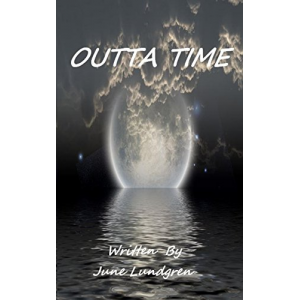
Outta Time
Description
<p> </p><p>Sophie is a psychic medium and animal communicator. She runs a small crystal shop called, Outta Time. The shop</p><p>Is located in a small district called Lents in Portland, Oregon.</p><p>Nick is a man who if you can't touch it, feel it or see it then it doesn't exist. He is sure she is a phony psychic who is bilking money out of his mother and he intends to expose her.</p><p>Sophie sees him as a non-believer, someone who could never understand her or her way of life. She is attracted to him but knows there can be no future for them unless he can be made to understand what her world is all about.</p><p>Their Guardian Angels get into the act to guide the two to a better understanding of each other.</p><p>Nick's Guardians help his deceased Father get through to Nick and help him to understand that death is not the end. He soon learns there can be communication between the living and the dead.</p>
Story Behind The Book
If you’re a fan of Shakespeare’s play about Richard II—like I was—you might be surprised to discover that the tragic ending was the culmination of 20+ years of struggle between the young king and his nobles—especially his own family. Richard did not have an easy time of it from the very beginning. Crowned at age 10, he faced the horrific Peasants’ Revolt at only 14, and still managed to save the day when his elders failed to support him. Throughout his minority he was at odds with his uncles—first John of Gaunt, and then almost fatally with Thomas of Woodstock, the Duke of Gloucester, who persuaded Parliament to execute and outlaw Richard’s friends and advisors. Henry of Bolingbroke, who deposed him at the end of the play, was Richard’s first cousin. With a family like that, who needs enemies? A KING UNDER SIEGE is volume one of “The Plantagenet Legacy” and takes us through the king’s minority which lasted until he was twenty-two, setting the stage for the king’s retribution and final downfall.
Media Links
Reviews
<p><span>I thought the portrayal of Richard II was a historical triumph. Richard grows from this unsure youth to a man who is facing a war from those who should be on his side. Forget the war with France, it is the war within parliament that Richard has to try to win. </span><span>This story is rich in historical detail. It has so obviously been meticulously researched. I cannot but commend Rochelle for this exceptional work of scholarship. </span><span>A King Under Siege: Book One of The Plantagenet Legacy is one of those books that once started is impossible to put down. This book is filled with non-stop action. There are enough plots and conspiracies to satisfy any lover of historical fiction. This is storytelling at its very best." <i>Mary Anne Yarde from Myths, Legends, Books & Coffee Pots blog</i></span></p>
